Search
Search Results
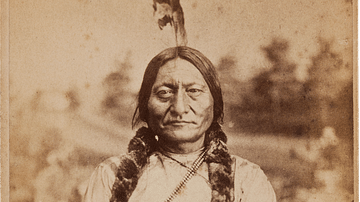
Definition
Sitting Bull
Sitting Bull (Tatanka Iyotanka, l. c. 1837-1890) was a Hunkpapa Sioux holy man, warrior, leader, and symbol of traditional Sioux values and resistance to the United States' expansionist policies. He is among the best-known Native American...
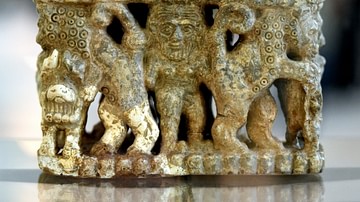
Article
Gilgamesh and the Bull of Heaven
Gilgamesh and the Bull of Heaven is a Sumerian poem relating the event, now famous from The Epic of Gilgamesh, in which the goddess Inanna/Ishtar sends the celestial bull to attack Gilgamesh after he has rejected her advances. The epic changes...
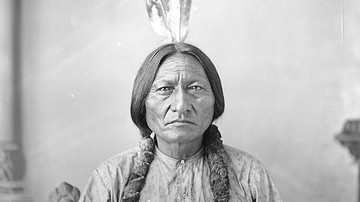
Article
Charles A. Eastman on Sitting Bull
In his Indian Heroes and Great Chieftains (1916), Sioux author and physician Charles A. Eastman (also known as Ohiyesa, l. 1858-1939), includes a brief biography of the Sioux chief Sitting Bull (l. c. 1837-1890). While some of Eastman's claims...
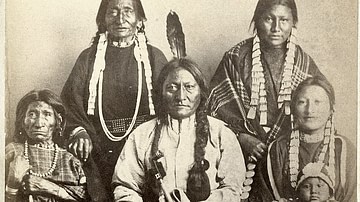
Image
Sitting Bull and Family 1881/1882
Sioux Chief and Holy Man Siting Bull and Family, Fort Randall, 1882 Rear (left to right) Good-Feather-Woman (sister), Walks-Looking (daughter); front (left to right) Her-Holy-Door (mother), Sitting Bull, Many-Horses (daughter) with her...
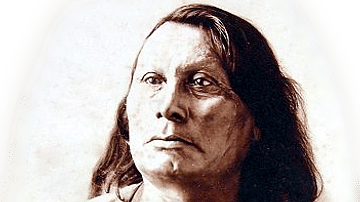
Definition
Sioux War Chief Gall (Eastman's Biography)
Gall (Phizi, l. c. 1840-1894) was a Hunkpapa Lakota Sioux war chief best known for his participation in the Battle of the Little Bighorn in June 1876. He was a close associate of Red Cloud (l. 1822-1909), Sitting Bull (l. c. 1837-1890), and...

Definition
Great Sioux War
The Great Sioux War (also given as the Black Hills War, 1876-1877) was a military conflict between the allied forces of the Lakota Sioux/Northern Cheyenne and the US government over the territory of the Black Hills and, more widely, US policies...
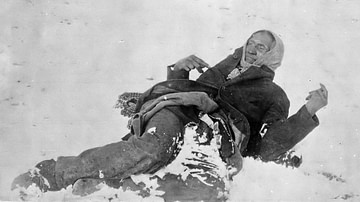
Definition
Wounded Knee Massacre
The Wounded Knee Massacre of 29 December 1890 was the slaughter of over 250 Native Americans, mostly of the Miniconjou people of the Lakota Sioux nation, by the US military at Wounded Knee Creek, South Dakota. Although the US government defined...
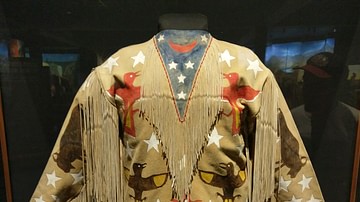
Definition
Ghost Dance
The Ghost Dance (Spirit Dance) is an expression of rebirth and renewal using the traditional Native American circle dance, first practiced by the Paiute Nation in 1869 and again in 1889 when it was adopted by other Plains Indians nations...

Definition
Sioux Warrior Rain-in-the-Face (Eastman's Biography)
Rain-in-the-Face (Ite Omagazu, l. c. 1835-1905) was a Lakota Sioux warrior and war chief during Red Cloud's War (1866-1868) and at the Battle of the Little Bighorn (1876), after which he became famous as the man who killed Lt. Col. George...

Definition
Sioux Chief Spotted Tail (Eastman's Biography)
Spotted Tail (Sinte Galeska, l. 1823-1881) was a Brule Lakota Sioux chief best known for choosing diplomacy over military conflict in dealing with the US government's policy of expansion in the 19th century. Although he became a respected...